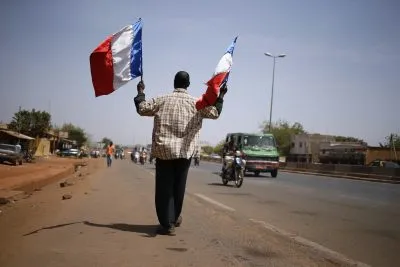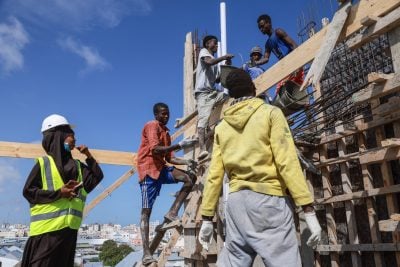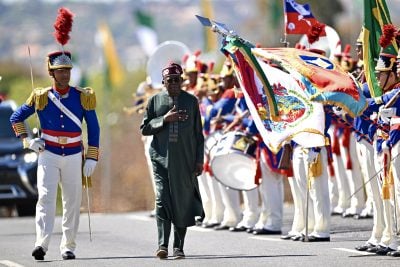East Africa is in the midst of an infrastructure projects surge due to low steel prices, regional economic strength and Chinese support for projects. The cost of steel, engineering and design services have all been low this year, as a result of weak international demand.
In addition, contractors have more spare capacity than usual, so projects can be developed more quickly. A quarter of Chinese steel production capacity has been shut-in during the year to date and so Beijing has been keen to find outlets for Chinese output.
This has helped drive the current boom in pipeline and railway projects in East Africa, including the new Mombasa-Nairobi standard gauge railway line and Uganda’s planned oil export pipeline and railway to the northern Tanzanian port of Tanga, to name a few.
Despite the rise in steel consumption in East Africa, other parts of the continent are unlikely to benefit from the same type of projects because of the economic downturn affecting many other countries.
Weak Continental Demand
The investment seen in East Africa is unlikely to be replicated in economies that rely on commodities, such as Zambia, Nigeria and Angola. Those African countries are facing extensive spending cuts, particularly where support from the IMF and other multilaterals is expected.
With more emphasis on poverty reduction, the international lenders may not demand such deep spending cuts in return for loans as during previous downturns. Nevertheless, they are unlikely to countenance borrowing for big tickets infrastructural projects. Apart from anything else, the Mozambican loan scandal emphasises the need for due diligence.
However, despite the low cost of steel, investment into some African infrastructure projects continues to be hampered by legislation and corruption, according to Chris McKeon, Africa Analyst at risk analysis company Verisk Maplecroft.
“Low prices may reduce the risk of investing in African infrastructure very slightly, but it is probably a mistake to consider the costs of such projects solely through the prism of the global price of materials,” he said. “Land acquisition is still a long, expensive and often controversial procedure in most African countries and high levels of corruption continue to leach resources that could go to repaying debts.”
The price of commercial loans and bond yields have both increased but many projects are being financed on easy terms by interested foreign governments. This generally means China and indeed Beijing in the form of Exim Bank agreed in July to finance the entire $7.6bn Tanzania-Rwanda railway project, just as it has funded the construction of the Mombasa-Nairobi line.
“Investors need to be extremely wary of getting involved in infrastructure projects in debt-laden African countries,” McKeon added. “Much of the continent’s current economic crisis has been born of a hyper-optimism about returns on investment and governments’ ability to repay their debts – optimism that in many cases now looks severely misplaced.”
Outlook
The low steel prices will not last much longer. The prices of iron ore and coking coal, which are the two main steel inputs, have increased by 54% and 243%, respectively, during the course of this year so far. ArcelorMittal South Africa has announced that it will increase its steel prices from 1st December and other producers are likely to follow suit, although there is still plenty of spare capacity.
Neil Ford
Want to continue reading? Subscribe today.
You've read all your free articles for this month! Subscribe now to enjoy full access to our content.
Digital Monthly
£8.00 / month
Receive full unlimited access to our articles, opinions, podcasts and more.
Digital Yearly
£70.00 / year
Our best value offer - save £26 and gain access to all of our digital content for an entire year!
 Sign in with Google
Sign in with Google 


